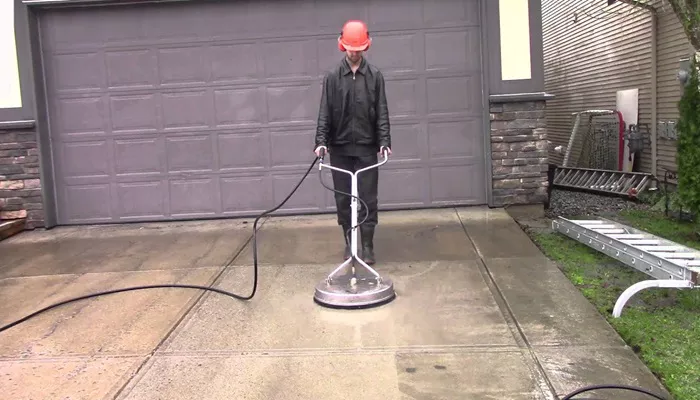Scrubbing, in its broadest sense, refers to the process of cleaning or removing unwanted substances from a surface. Whether it’s scrubbing a dirty floor, cleaning a stained piece of clothing, or even exfoliating your skin, the technique and tools you use can significantly impact the results. In this article, we will explore the best ways to scrub effectively, depending on the context, and provide practical tips to achieve optimal outcomes.
1. Understanding the Basics of Scrubbing
Before diving into specific methods, it’s essential to understand the fundamental principles of scrubbing. Scrubbing typically involves three key elements: abrasion, cleaning agents, and tools. The effectiveness of scrubbing depends on balancing these elements. Too much abrasion can damage surfaces, while insufficient cleaning agents may leave residues behind.
2. Scrubbing Different Surfaces
The best way to scrub varies depending on the surface you’re cleaning. Below are some common scenarios and the recommended approaches:
Scrubbing Floors
Floors are subjected to heavy foot traffic, making them prone to dirt and stains. For hardwood floors, use a microfiber mop and a pH-neutral cleaner. Avoid excessive water, as it can warp the wood. For tile floors, mix warm water with a mild detergent or vinegar solution. Use a stiff-bristle brush for grout lines and a mop for the tiles themselves. For carpeted floors, vacuum first to remove loose dirt, then use a carpet cleaner or a mixture of baking soda and water for spot cleaning.
Scrubbing Dishes and Kitchenware
Dishes often have baked-on food residues that require thorough scrubbing. Use a non-abrasive sponge or scrubber to avoid scratching surfaces. For tough stains, soak dishes in warm, soapy water before scrubbing. Baking soda is an excellent natural abrasive for removing stubborn grime.
Scrubbing Clothing and Fabrics
Stains on clothing can be tricky, but the right approach can save your favorite garments. Pre-treat stains with a stain remover or a mixture of detergent and water. Use a soft-bristle brush to gently scrub the stained area, working from the outside inward to prevent spreading. For delicate fabrics, avoid harsh scrubbing and opt for hand-washing with mild detergent.
Scrubbing Skin (Exfoliation)
Exfoliation is a form of scrubbing that removes dead skin cells, promoting healthier skin. Use a gentle exfoliating scrub or a brush designed for skin. Avoid over-scrubbing, as it can cause irritation or damage. Follow up with moisturizer to keep your skin hydrated.
3. Choosing the Right Tools
The tools you use for scrubbing play a crucial role in the outcome. Soft-bristle brushes are ideal for delicate surfaces like skin, clothing, and non-stick cookware. Stiff-bristle brushes are best for tough jobs like scrubbing grout or outdoor surfaces. Non-abrasive sponges are perfect for dishes and countertops, while scouring pads are suitable for heavy-duty cleaning. Microfiber cloths are excellent for dusting and polishing surfaces without leaving streaks. Steam cleaners use high-temperature steam to loosen dirt and grime, providing a deep clean without harsh chemicals.
4. The Role of Cleaning Agents
The right cleaning agent can make scrubbing easier and more effective. Mild detergents are suitable for everyday cleaning, while heavy-duty cleaners are better for tougher jobs. Natural cleaners like vinegar, baking soda, and lemon juice are versatile and eco-friendly options. Commercial cleaners are specifically designed for certain surfaces, so always follow the manufacturer’s instructions to avoid damage.
5. Tips for Effective Scrubbing
To get the best results, start with the least aggressive method and increase intensity only if necessary. Work in sections for large areas to ensure thorough cleaning. Rinse thoroughly after scrubbing to remove any residue from cleaning agents. Protect yourself by wearing gloves and, if necessary, a mask when using strong chemicals or scrubbing in dusty environments. Maintain your tools by cleaning and replacing brushes, sponges, and scrubbers regularly to prevent the buildup of bacteria.
6. Common Mistakes to Avoid
Even with the best intentions, it’s easy to make mistakes when scrubbing. Avoid using too much force, as excessive scrubbing can damage surfaces and waste energy. Always check care labels on clothing, furniture, and appliances before scrubbing. Remove loose dirt or debris before scrubbing to make the process more efficient. Never mix cleaning agents like bleach and ammonia, as this can produce toxic fumes.
7. The Environmental Impact of Scrubbing
While scrubbing is essential for cleanliness, it’s important to consider its environmental impact. Use eco-friendly products that are biodegradable and non-toxic. Conserve water by turning off the tap when not needed and using buckets instead of running water. Reduce waste by opting for reusable scrubbers and cloths instead of disposable ones. Dispose of chemicals properly by following local guidelines to prevent pollution.
8. Innovations in Scrubbing Technology
Advancements in technology have revolutionized the way we scrub. Ultrasonic cleaners use sound waves to remove dirt and grime, making them ideal for delicate items like jewelry. Robotic scrubbers save time and effort in commercial and residential settings. Self-cleaning surfaces, such as those made with titanium dioxide, can break down dirt when exposed to light, reducing the need for scrubbing.
9. Conclusion
Scrubbing is a fundamental part of maintaining cleanliness and hygiene in our daily lives. By understanding the best techniques, tools, and cleaning agents for different surfaces, you can achieve excellent results without causing damage. Whether you’re tackling a stubborn stain on your favorite shirt or deep-cleaning your kitchen floors, the key is to approach the task methodically and with the right resources. Remember to scrub responsibly, considering both your health and the environment.
Related topics:
A Dermatologist Reveals the Most (and Least) …

